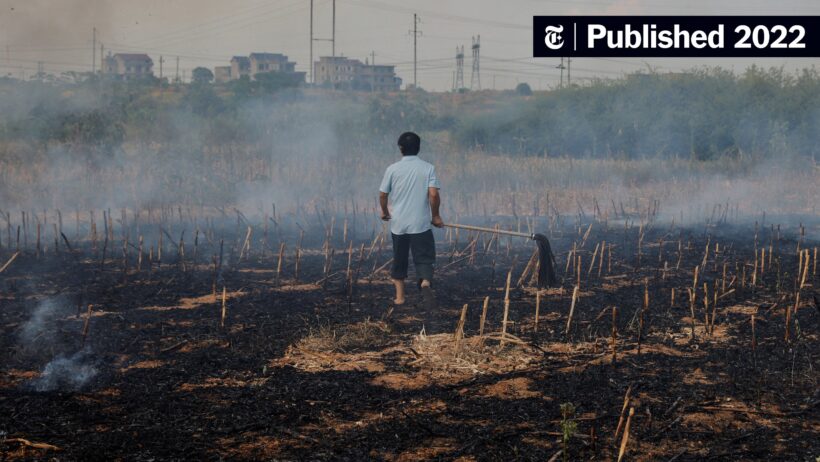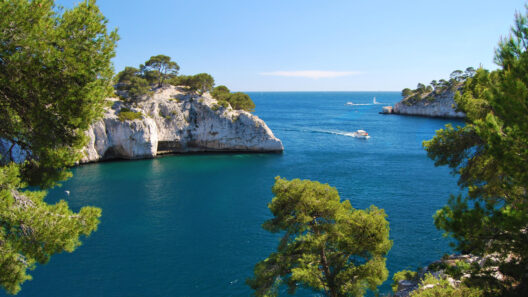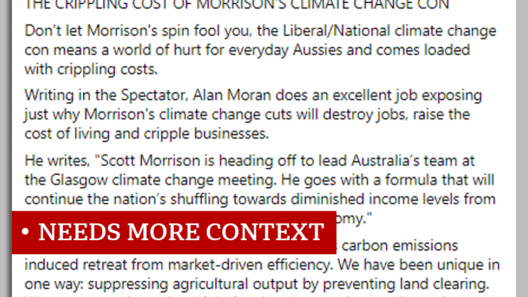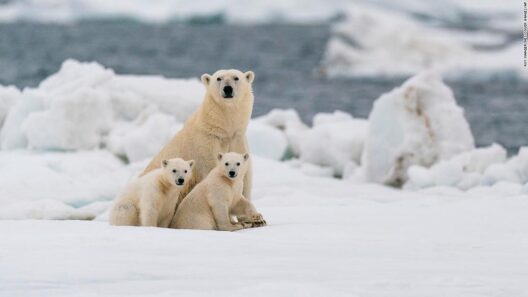Coffee’s Climate Crisis: How Global Warming is Driving Up Prices
Imagine a world where the rich aroma of freshly brewed coffee is but a distant memory, where the once-bustling coffee plantations are barren fields of uncertainty. This is not a dystopian tale; it is a reality that looms over the future of coffee due to climate change. The relationship between coffee and climate is intricate and multifaceted, entwined like the delicate roots of a coffee plant that sink into the earth beneath them.
Coffee is cultivated primarily in the so-called “bean belt,” a region that encircles the globe between the Tropics of Cancer and Capricorn. Here, the conditions are just right: a delicate balance of altitude, temperature, rainfall, and the quality of soil. However, as the Earth’s temperature continues to rise, this balance is increasingly disrupted. Global warming, a consequence of human-induced carbon emissions and environmental degradation, poses a dire threat to the very essence of coffee cultivation.
As temperatures rise, the zones suitable for coffee growing have begun to shift. Coffee plants are notoriously fickle. They are sensitive to temperature fluctuations, drought, and diseases, particularly leaf rust and coffee borer beetles, both of which thrive in warmer climates. Farmers who have cultivated coffee for generations are now grappling with lower yields, struggling against the relentless tides of climate change. The once-reliable seasons have become erratic, much like the unpredictability of a stormy sea.
The impact of climate change extends beyond agricultural output. It bears a socio-economic weight that threatens the livelihoods of millions of coffee farmers worldwide. In developing countries, where economies rely heavily on coffee exports, any fluctuation in yield translates to direct financial hardship. Families that depend on this crop are caught in a vicious cycle of poverty, exacerbated by rising prices as supply dwindles. The coffee, which has historically been a symbol of community, is slowly being transformed into a commodity that few can afford.
The rising prices are not merely a function of decreasing availability, but also an exacerbation of market forces. As climate change ravages the traditional growing regions, coffee producers are forced to adapt. Some relocate to higher altitudes, albeit at significant cost, while others experiment with alternative crops. These adaptations often require substantial investments in resources and infrastructure, further driving up the price for consumers who crave their daily brew. The once affordable cup of coffee morphs into a luxury item, accessible only to those who can weather the economic storm.
This crisis is emblematic of a broader global issue. Coffee is not merely a beverage; it is woven into the cultural fabric of societies around the world. In many cultures, coffee is integral to social interaction, rituals, and traditions. A café visit is often a preamble to meaningful conversations and connections. With its rising rarity and prices, coffee could soon become a symbol of economic disparity, creating divisions in societies that once found unity in the simple act of sharing a drink.
Amidst these challenges, however, there exists a burgeoning awareness of sustainable practices that can ameliorate the effects of climate change on coffee production. Innovative agricultural techniques, such as agroforestry, have the potential to restore the equilibrium of coffee ecosystems. By integrating coffee cultivation with diverse plant species, farmers can enhance biodiversity, protect soil health, and create microclimates that mitigate extreme temperatures. This approach not only fosters resilience within the coffee plants themselves, but it also nurtures the communities that depend on them.
Furthermore, a growing movement among consumers advocates for ethically sourced coffee. This shift reflects an increasing recognition of the environmental and social implications of coffee production. Consumers are more inclined than ever to seek out brands that prioritize sustainability, leading to the emergence of direct trade models that ensure fair prices for farmers. As the market evolves, so too does the consciousness of coffee drinkers, creating a collective responsibility to address the underlying issues of climate change.
Education plays a critical role in addressing coffee’s climate crisis. By fostering an understanding of the delicate relationship between climate and coffee, individuals can make informed choices. Advocacy for policies that support sustainable agriculture is paramount. Governments, NGOs, and private organizations must collaborate to develop strategies that empower farmers to embrace environmentally friendly practices while ensuring economic viability. Investing in research and development of climate-resilient coffee varieties can simultaneously safeguard against crop losses and maintain the quality that patrons expect.
The future of coffee is precarious, entangled in the complexities of climate change and global economics. Yet, it is not an irreversible fate. With concerted effort, innovation, and a shift in consumer behavior, there is hope. The aroma of fresh coffee can continue to linger in our mornings, but it requires a collective commitment to ensuring that this cherished beverage is sustainable and accessible for generations to come. It is a delicate dance, a balancing act between preservation and progress, that ultimately rests upon our shoulders.
In conclusion, the story of coffee is a microcosm of a larger environmental narrative. As climate change continues to reshape our world, the fight for the future of coffee stands as a testament to the resilience of nature and humanity alike. Let us brew awareness, sip responsibly, and champion the cause for sustainability in every cup we enjoy.








